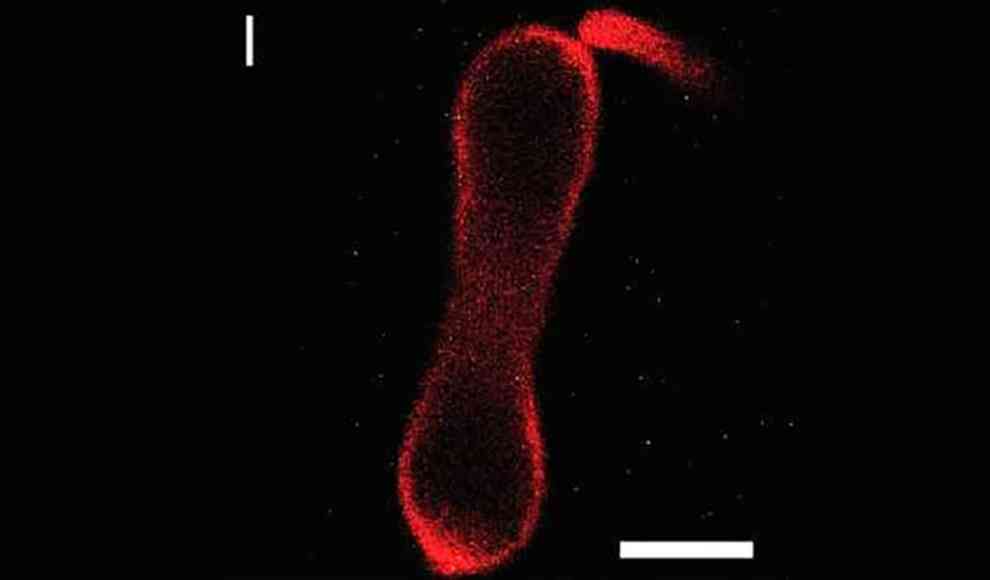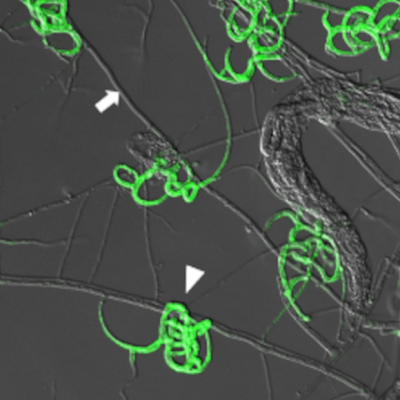Scientists at the Max Planck Institute have made a breakthrough in the field of cell division. They have successfully replicated the process of controlled cell division in artificial cells in the laboratory. The researchers achieved this by anchoring proteins to the membranes of the cells, which stimulated the cells to divide. The study, published in the journal Nature Communications, found that the asymmetry of the inner and outer sides of the membranes on a molecular level creates the forces that lead to cell division.
Cell division is essential for the growth and renewal of living organisms. The process is driven by highly specialized protein complexes that are powered by ATP hydrolysis. However, the Max Planck researchers have discovered a much simpler method of controlling cell division, as demonstrated by their artificial cells. These cells were made up of large lipid vesicles that were responsible for the outer shape of the cell. The vesicles mimic the important properties of living cells by defining the boundary between the inside and outside of the cell. The artificial cells can remain stable for weeks and can even generate a force that leads to the desired division of the cell.
The researchers have created a universally applicable module that could be combined with other modules, such as cell growth, to create real living artificial cells in the future. This breakthrough not only helps us to better understand biological cell division, but it also has the potential to revolutionize the field of synthetic biology.
Cytokinese










